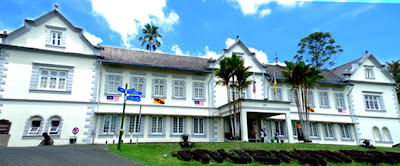Pesta Benak (Tidal Bore Carnival) in Sri Aman is one of the yearly activities in the Sarawak tourism calendar. The objective of Pesta Benak Sri Aman is to introduce Sri Aman town through tourism and encourage tourist from in and outside the country to visit Sri Aman. Apart from it, Pesta Benak is also to promote harmony among local community.
In conjunction with this phenomenon, many events were organized such
as exhibition, food fair, karaoke competition, culture and art
performances and others. Tidal wave festival has made the area a popular
spot in Sarawak for visitors; you can join in the fun and hitch a ride
with the longboats or just watch the boatman braving the waves. You can
even immerse yourself with the local culture at the food fair, good
music and dance performances that are part and parcel of the festival.































